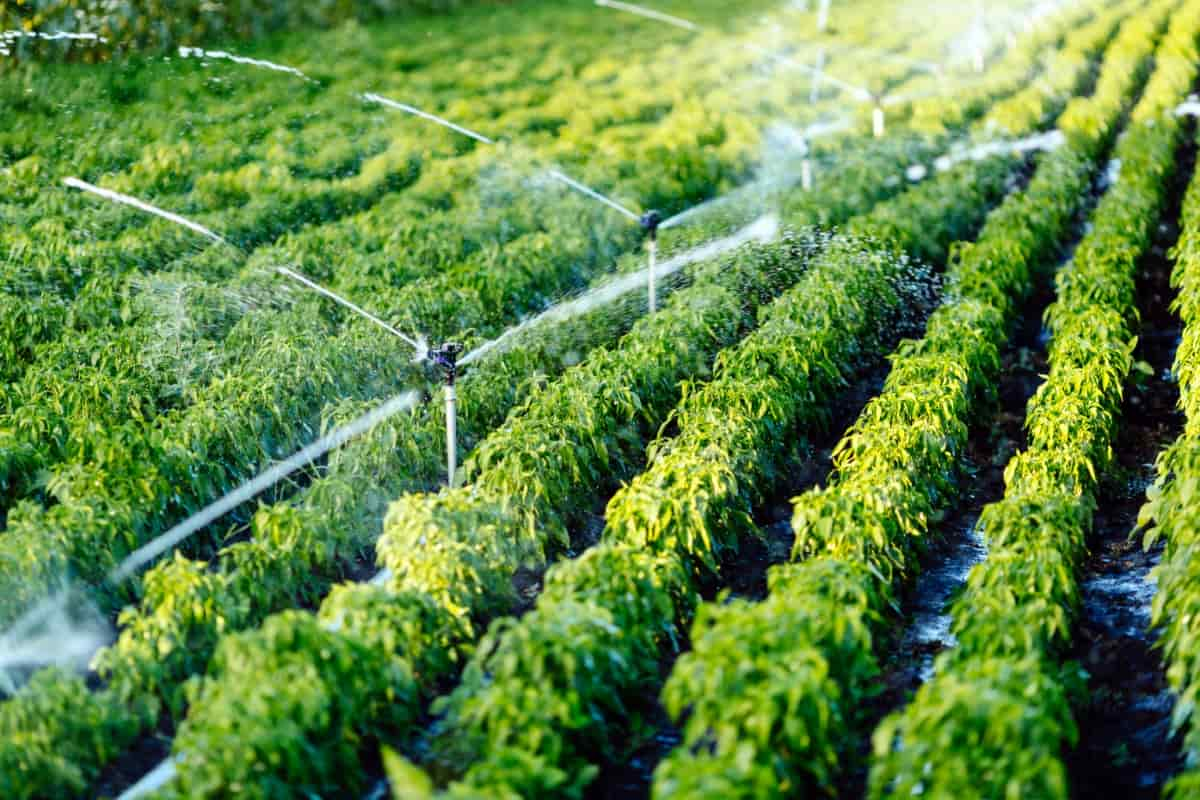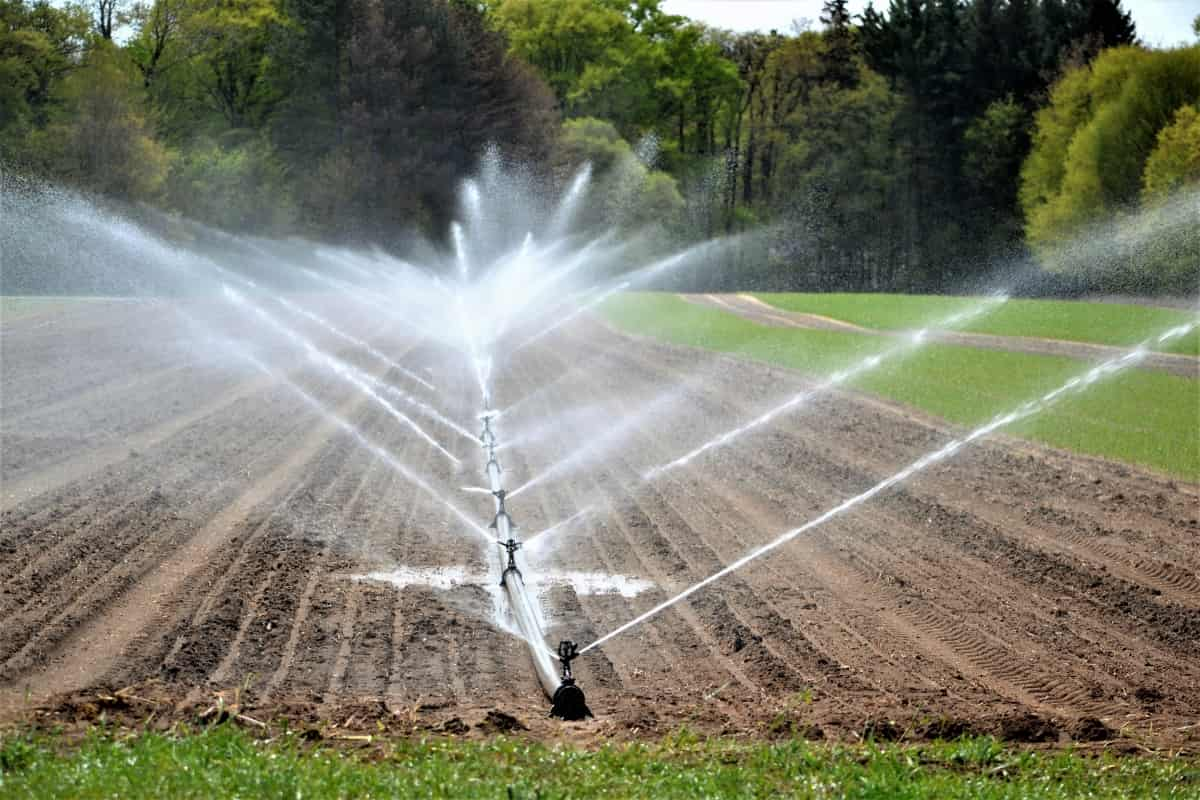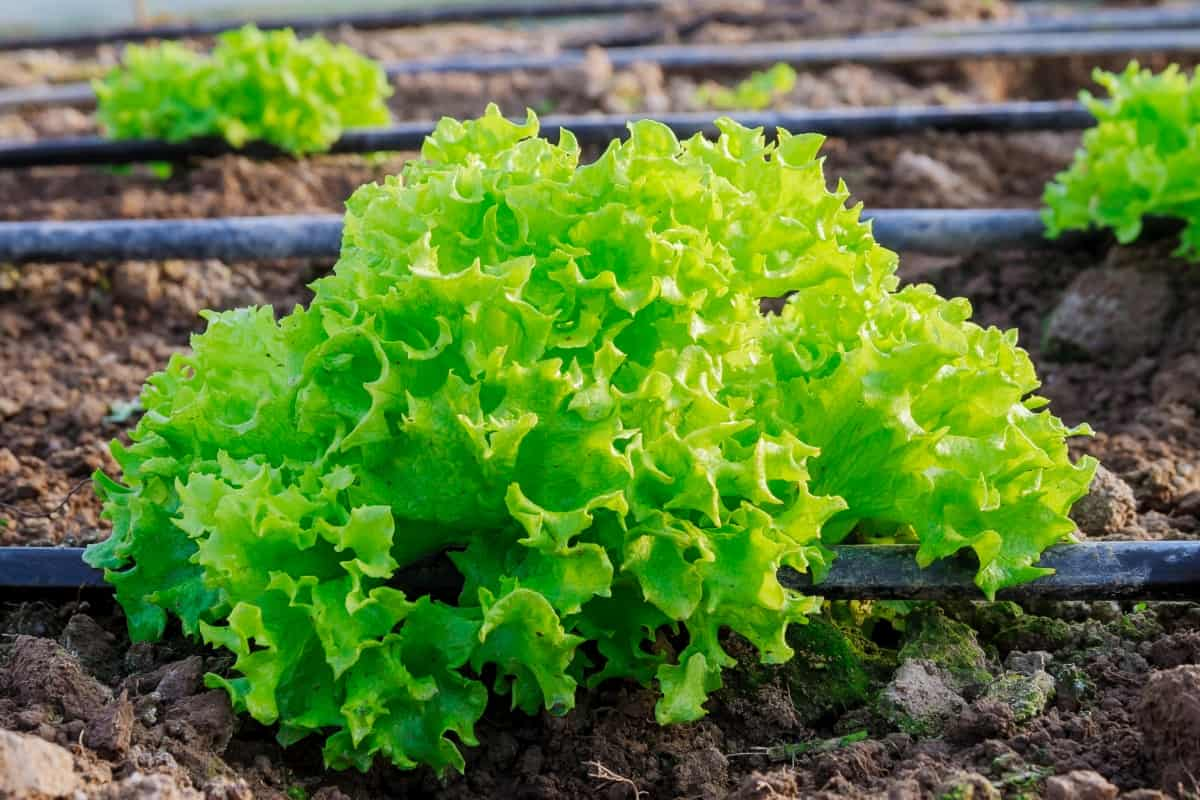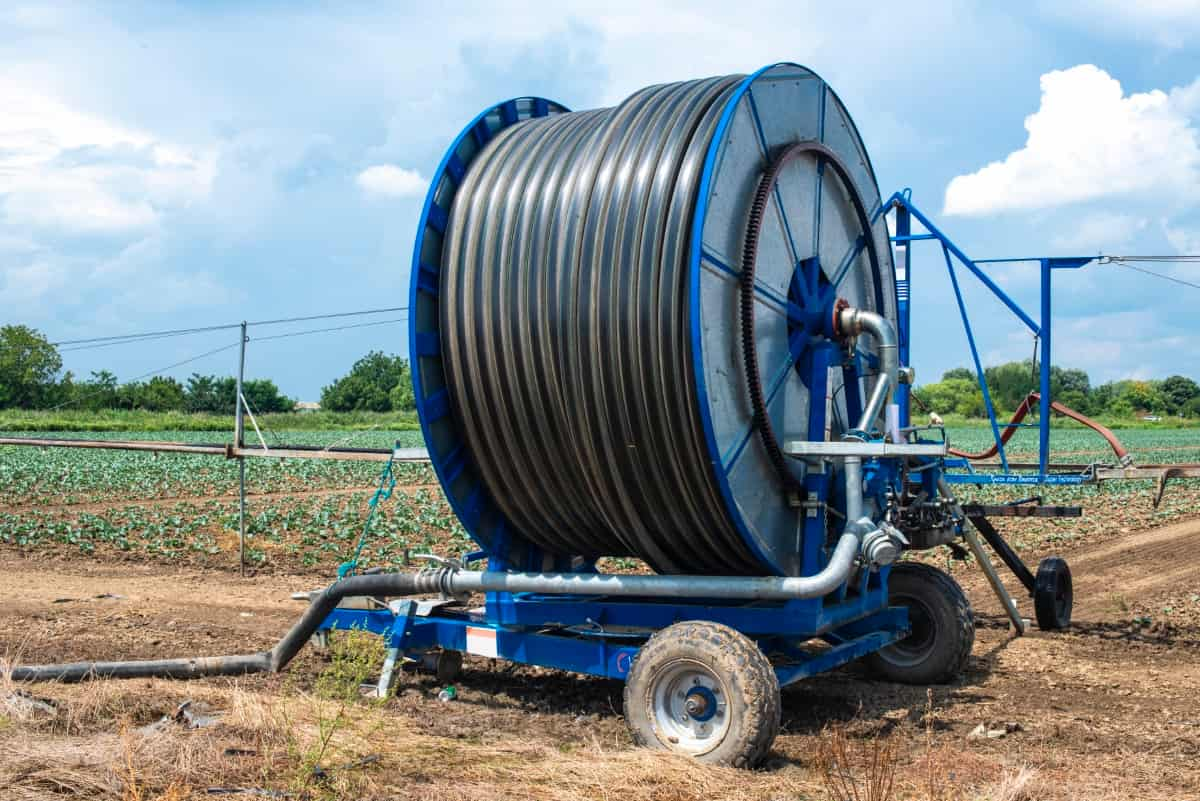Irrigation subsidies are essential for changing farming techniques in India’s rural areas. This article examines how subsidies affect the uptake of sophisticated irrigation techniques like drip, sprinkler, and micro-irrigation, illuminating how these developments enable Indian farmers to manage water resources sustainably and effectively.

Irrigation Subsidies for Indian Farmers
An Overview of Irrigation Subsidies for Indian Farmers
As a major agricultural producer, India faces challenges like water scarcity, climate change, soil degradation, and low productivity. To tackle these issues, the government offers subsidies and incentives to farmers to adopt improved irrigation technologies like drip, sprinkler, and micro-irrigation systems.
These technologies can save water, increase crop yields, reduce input costs, and boost farm income. This blog post provides an overview of irrigation subsidies for Indian farmers, their types, eligibility criteria, benefits and challenges, and their impact on smallholder farmers and food security in India.
Types of Irrigation Subsidies for Indian Farmers
- Drip Irrigation Subsidy: The subsidy is offered to farmers who install drip irrigation systems on their farms, which reduce water wastage, evaporation, and runoff by directly delivering water to plant roots through pipes and emitters. The subsidy amount varies from 50% to 90% of the total system cost, depending on farm size and farmer category.
- Sprinkler Irrigation Subsidy: The subsidy is offered to farmers who install sprinkler irrigation systems, which mimic natural rainfall and ensure uniform water distribution. The subsidy amount ranges from 50% to 75% of the total cost, depending on the farm size and farmer’s category.
- Micro-irrigation Subsidy: This subsidy covers half of the total cost of micro-irrigation tools that all types of farmers use, like foggers, misters, micro-sprinklers, and micro-jets. These tools keep the soil moist and stop water loss.
Eligibility Criteria for Irrigation Subsidies in India
- The farmer should have a valid Aadhaar card (a unique identification number issued by the government).
- The farmer should have a bank account linked with their Aadhaar card.
- The farmer should own or lease the land where they want to install the irrigation system.
- The farmer should not have availed of any other subsidy for the same irrigation system from any other source.
- The farmer should apply for the subsidy through an online portal, authorized dealer, or agency.
- The farmer should submit all the required documents, such as land records, proof of identity, address, bank details, etc.
- The farmer should verify their irrigation system by a technical expert or an official from the concerned department.
In case you missed it: Government Schemes for Agricultural Subsidies in India

How to Apply for Irrigation Subsidies in India
- The farmer must register as a beneficiary by going to the scheme’s or department’s official website or portal.
- The farmer has to select an authorized dealer or agency from whom they want to purchase and install the irrigation system.
- The farmer must install their irrigation system by the dealer or agency within a specified period.
- The farmer has to get their irrigation system verified by a technical expert or an official. The farmer has to submit a completion report, photographs, and bills of the irrigation system to the dealer or agency.
- The dealer or agency will forward the completion report, photographs, and bills to the concerned department for approval.
- The department will verify and approve the completion report and release the subsidy to the farmer’s bank account.
Benefits of Irrigation Subsidies for Indian Farmers
- They help farmers save water and use it efficiently.
- They help farmers increase crop yields and quality.
- Moreover, irrigation subsidies can help farmers grow high-value crops such as fruits, vegetables, flowers, spices, etc.,
- They help farmers reduce input costs and enhance farm income.
- According to a study by the World Bank, drip irrigation can reduce the vulnerability of crops to drought by 50%. In comparison, sprinkler irrigation can reduce the vulnerability of crops to drought by 25%.
Challenges and Limitations of Irrigation Subsidies in India
- The government’s subsidies often need to be more extensive and timely, disproportionately affecting small and marginal farmers with limited resources.
- Insufficient subsidies also negatively impact their cash flow and repayment capacity, affecting their overall financial stability.
- Subsidies are often complex and inaccessible to farmers, particularly those who need to be more literate, aware, and remote.
- The online application process can be challenging for those who need internet access or digital literacy.
- Subsidies for irrigation systems can be sustainable and efficient, potentially leading to dependency syndrome among farmers.
Impact of Irrigation Subsidies on Smallholder Farmers in India
Smallholder farmers who own or cultivate less than two hectares of land make up 86% of India’s total farmers and contribute 80% of food production. They face low productivity, high input costs, low income, debt, and poverty. Irrigation subsidies can improve their livelihoods by enhancing water security, crop productivity, farm income, food security, and resilience to climate change and drought. However, they can also increase indebtedness, inequality, and environmental degradation and create trade-offs between water use efficiency, equity, and sustainability.
In case you missed it: Organic Farming Subsidy and Financial Assistance by the Government of India

Comparison of Irrigation Subsidies in Different Indian States
India’s federal system of governance allows both central and state governments to design and implement irrigation policies and subsidies, resulting in significant variation in the types, levels, and beneficiaries of these subsidies across different states. The total irrigation subsidy in India was estimated at Rs. 1.2 lakh crore in 2016-17, accounting for 0.7% of the GDP and 8% of the total public expenditure.
The main types of irrigation subsidies include electricity subsidies, which are given to farmers for using electricity to pump groundwater or surface water for irrigation, accounting for about 70% of the total subsidy. Canal subsidies, which account for about 20% of the total subsidy, are provided by the central government through major and medium irrigation schemes and by state governments through minor irrigation schemes. Other subsidies include micro-irrigation, crop insurance, input subsidies, and loan waivers, which account for about 10% of the total irrigation subsidy in India.
Impact of Irrigation Subsidies on Food Security in India
Irrigation subsidies in India positively impact food security by increasing crop production, diversifying crop patterns, and stabilizing farm incomes. They enable farmers to grow more food crops like rice and wheat and high-value crops like fruits and vegetables. They also help farmers cope with climate variability and reduce their dependence on rainfall.
However, they also create inefficiencies, inequities, and externalities, distorting water resource allocation and encouraging overuse, leading to groundwater depletion, soil salinity, waterlogging, and water pollution. They primarily benefit large and rich farmers with access to irrigation facilities.
Future of Irrigation Subsidies in India
- Rationalizing electricity tariffs for agriculture: The government should charge farmers based on metered consumption or volumetric rates that reflect the marginal cost of electricity supply.
- Revising canal water charges: The government should increase canal water charges to cover at least the operation and maintenance costs of the canal system.
- Promoting micro-irrigation: The government should subsidize micro-irrigation systems, such as drip and sprinkler systems, to save water and increase water productivity.
- Strengthening water governance: The government should improve the institutional and legal framework for water management in India.
Frequently Asked Questions on Irrigation Subsidies
Are There Any Conditions Attached to Receiving Subsidies?
Farmers may need to adhere to certain conditions, such as cultivating specific crops, using the system for a minimum number of years, and following recommended water management practices.
Are There Any Training Programs Associated with the Subsidy Scheme?
Many subsidy programs include training sessions for farmers on installing, operating, and maintaining drip, sprinkler, and micro-irrigation systems.
In case you missed it: Top 5 Government Greenhouse/Polyhouse Farming Subsidy Schemes in India

Conclusion
Irrigation subsidies are an important policy instrument for enhancing food security in India. However, irrigation subsidies also adversely affect water resources, environment, and equity. Therefore, the government must reform the irrigation subsidies to make them more efficient, equitable, and sustainable.
- Feed Your Flock for Less: Top 10 Tips to Save on Chicken Feed
- Ultimate Guide to Ossabaw Island Hog: Breeding, Raising, Diet, and Care
- Hatching Answers: The Top 10 Reasons Your Chickens Aren’t Laying Eggs
- Eggs and Economics: Breaking Down the Cost of Raising Backyard Chickens
- Defend Your Greens: Proven Methods to Keep Iguanas Out of Your Garden
- Ultimate Guide to Cinnamon Queen Chicken: A Comprehensive Guide for Beginners
- Ultimate Guide to California Tan Chicken: Breeding, Raising, Diet, Egg-Production and Care
- Ultimate Guide to Marsh Daisy Chicken: Breeding, Raising, Diet, and Care
- 10 Types of Chicken Farming Businesses You Can Start for Profits